Ancient Egypt is heavily mythologized in modern media. The idea of a timeless land of pyramids and divine pharaohs marching on seemingly unaware of the world shifting around it is iconic but inaccurate. Perhaps none of its pharaohs is more popularly misunderstood than Cleopatra, its last queen whose legacy has been obscured by film and literature portraying her as a seductress rather than the dynamic figure known to historians. In this article, were will dive directly into the real history of Cleopatra.
Although Cleopatra was born in Egypt in 69 B.C., she wasn’t necessarily Egyptian. Her family origins come from Macedonian Greece and Ptolemy I Soter, one of Alexander the Great’s generals.
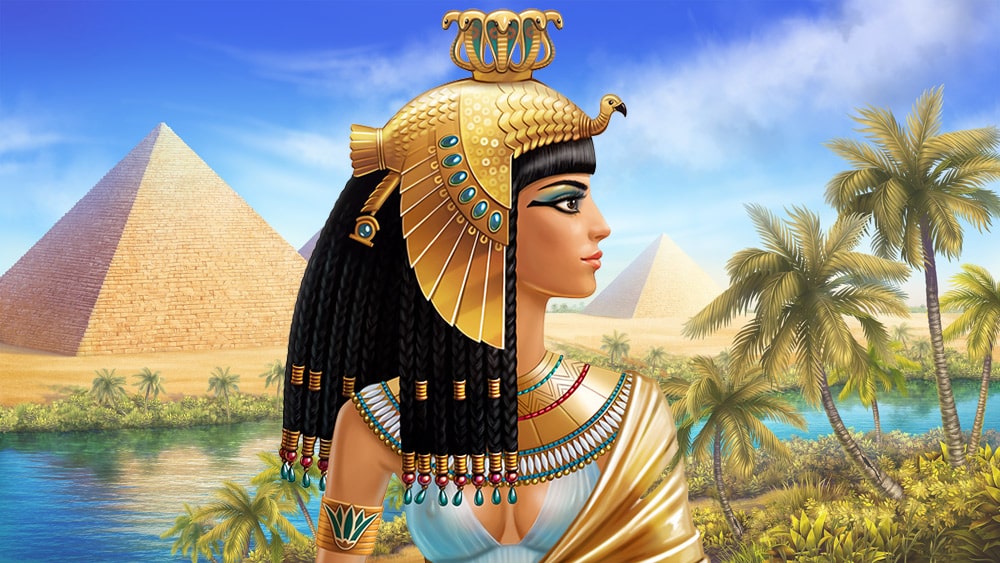
The Ptolemaic Kingdom in which Cleopatra was born into practiced sibling marriage. It was introduced by Ptolemy II and his sister Arsinoe II. By the reign of Cleopatra VII, however, it was considered a normal arrangement for Ptolemaic rulers. Cleopatra married her brother Ptolemy XIII when he was 12 years old and she was 18.
The name ‘Cleopatra’ (meaning ‘glory of the father’), was popular for female royalty name in Egypt during the last, ‘Ptolemaic’ dynasty. There are seven princesses with the name ‘Cleopatra’ that are credited as sitting on the throne of Egypt. The last among them all, Cleopatra VII, is the most famous, thanks to her romantic dalliances with Julius Caesar and Mark Antony.
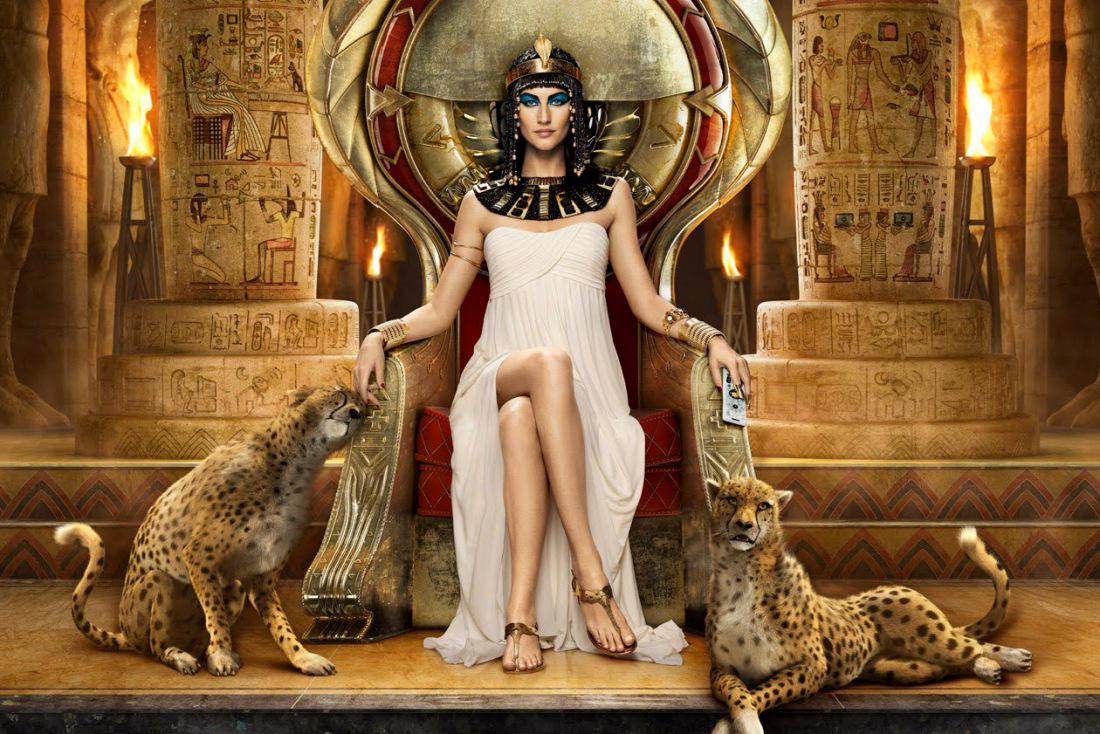
In the 1963 ‘Cleopatra’ movie, the young queen of Egypt had a Chinese servant named Lotus. The character of Lotus, like many elements from the film, is a modern fabrication, but it is possible that a Chinese person could have been present in Cleopatra’s exceptionally diverse court. Ptolemaic maritime trade with Asia is well documented and Ptolemaic propaganda boasted about the various people represented in the royal court, and in the diversity of the nations that paid homage to them.
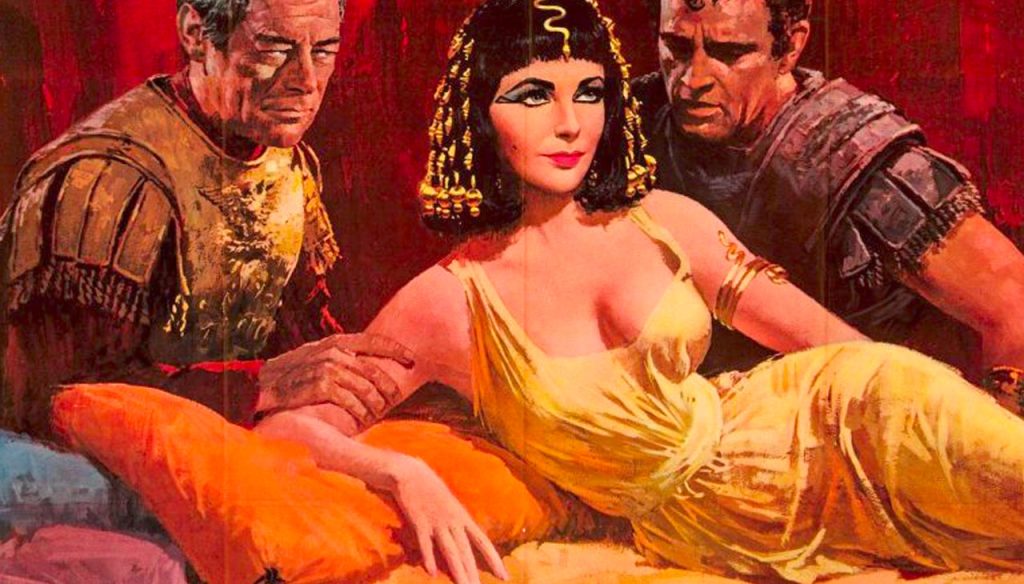
The Great Pyramids of Giza were already close to 2,500 years old when Cleopatra was ruling Egypt. We are living closer to Cleopatra’s time than she was to the Pyramid’s building. During her rule, pyramids were already a big tourist attraction, as were the Valley of Kings and the Talking Colossi of Memnon. Even back then, the tourist industry in Egypt was thriving enough to support tour guides and package tours up the Nile.
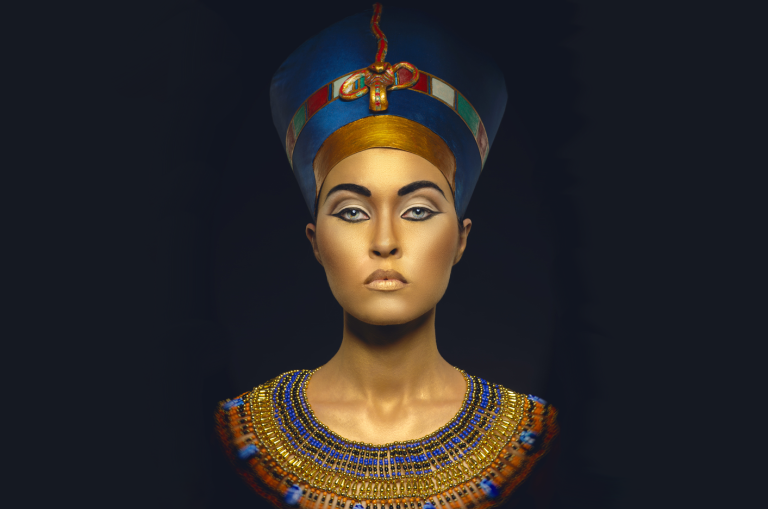
Julius Caesar and Cleopatra were in a relationship and political alliance despite her marriage to her brother because Egypt allowed polygamy. Julius Caesar needed Cleopatra’s money, and Cleopatra needed the help of Caesar’s army to take control of Egypt from her husband/brother Ptolemy XIII.
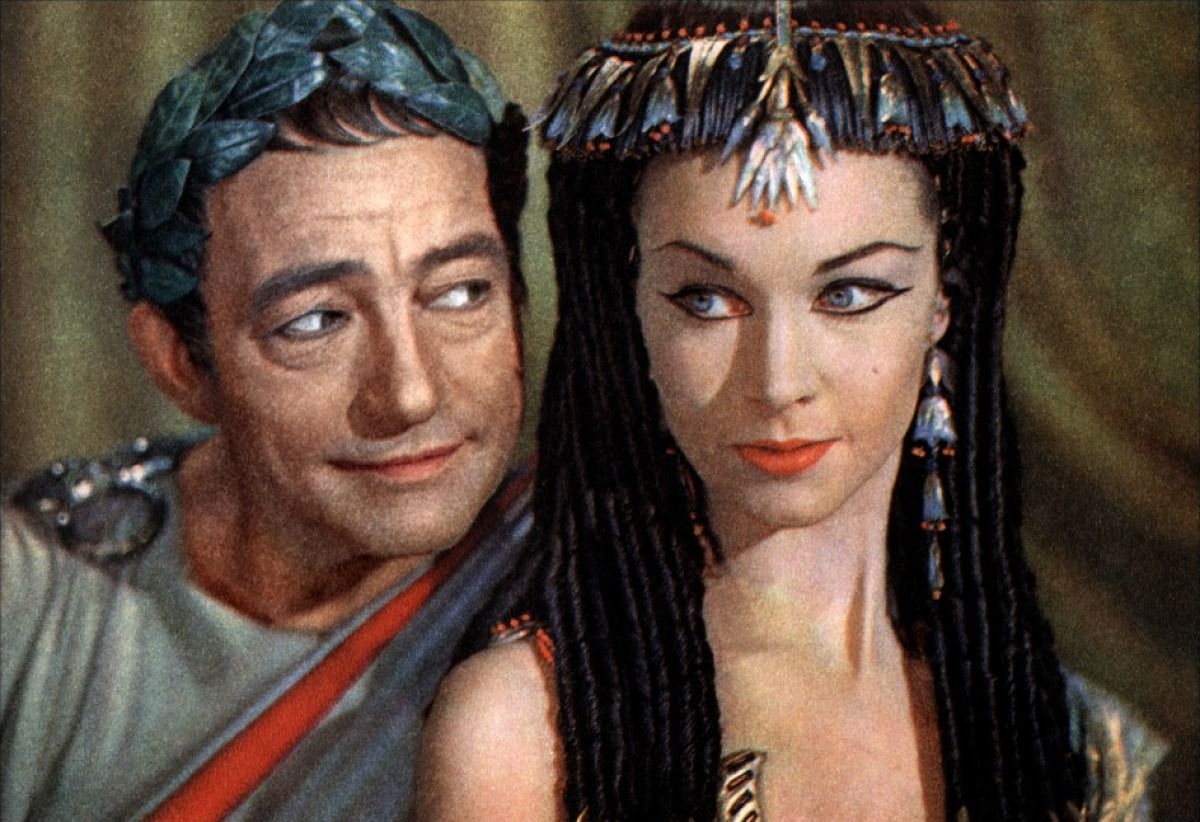
After Caesar was assassinated in March of 44 B.C., Cleopatra stayed in Rome for more than a month, in the vain hope of having her son Caesarion being recognized as Caesar’s heir. Caesar’s will however named his grandnephew Octavian (Augustus) as his primary heir. Cleopatra decided to flee to Egypt around the time Octavian arrived in Italy.

Cleopatra’s fame as a beautiful seductive mistress was entirely made by Octavian (Augustus) as a way of explaining how this foreign queen managed to seduce two of Rome’s most powerful men. While being described as a beauty, she was best known for her intelligence and charm. Even Roman authors tend to not actually refer to Cleopatra as beautiful. Plutarch even says she is not as beautiful as Mark Antony’s Wife Octavia. What Roman authors do tend to say about Cleopatra is that she is power hungry, sexually promiscuous, and foreign to Rome.
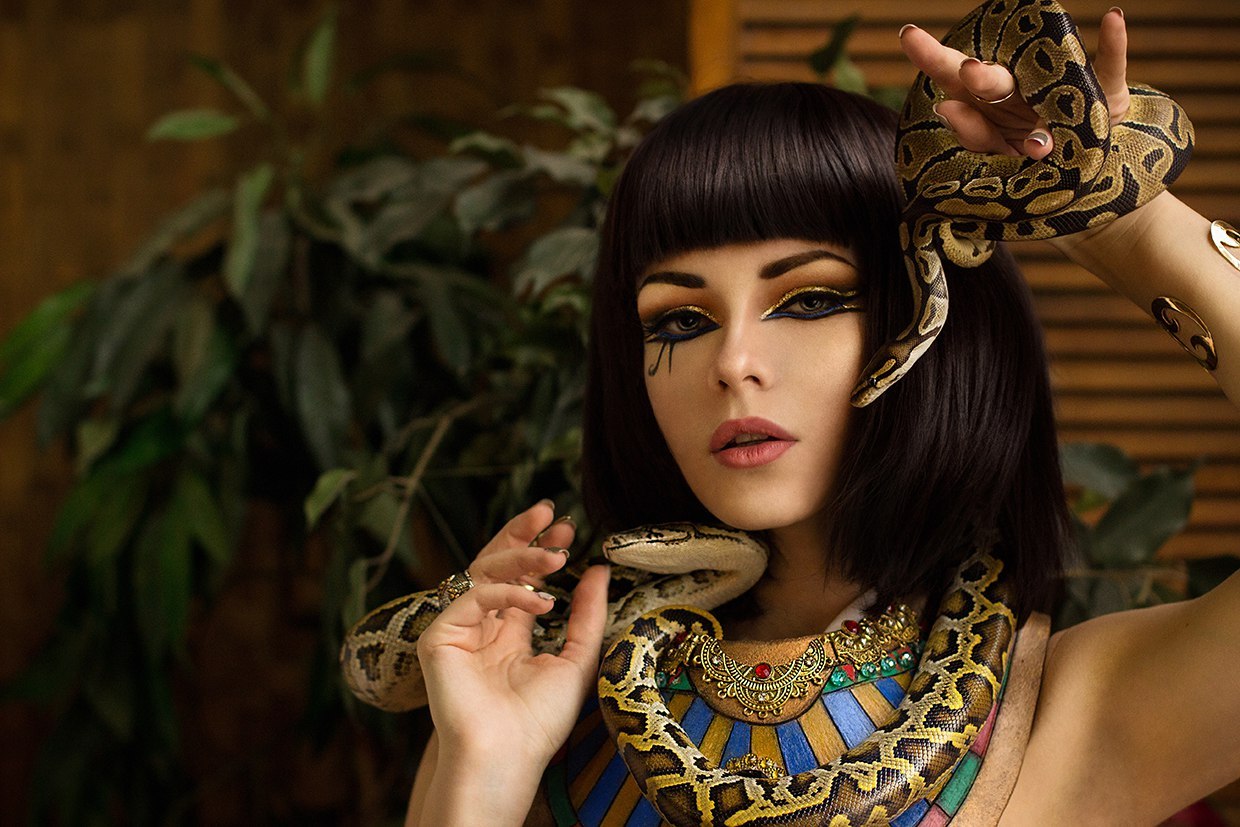




Related Posts
7 Interesting Facts About Running
7 Health Benefits of Laughing
5 Brilliant Facts About Rhinoceros Beetles